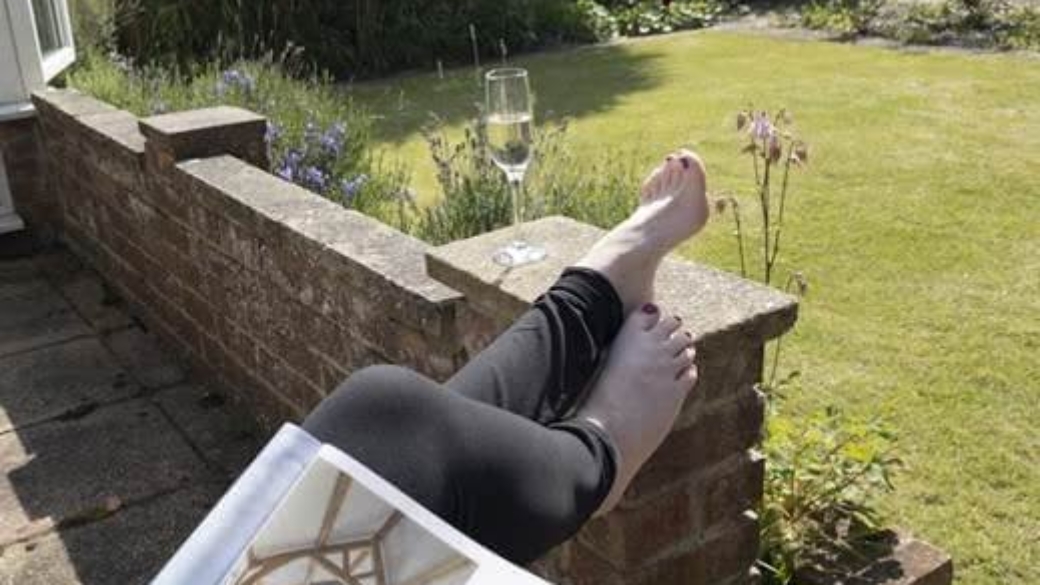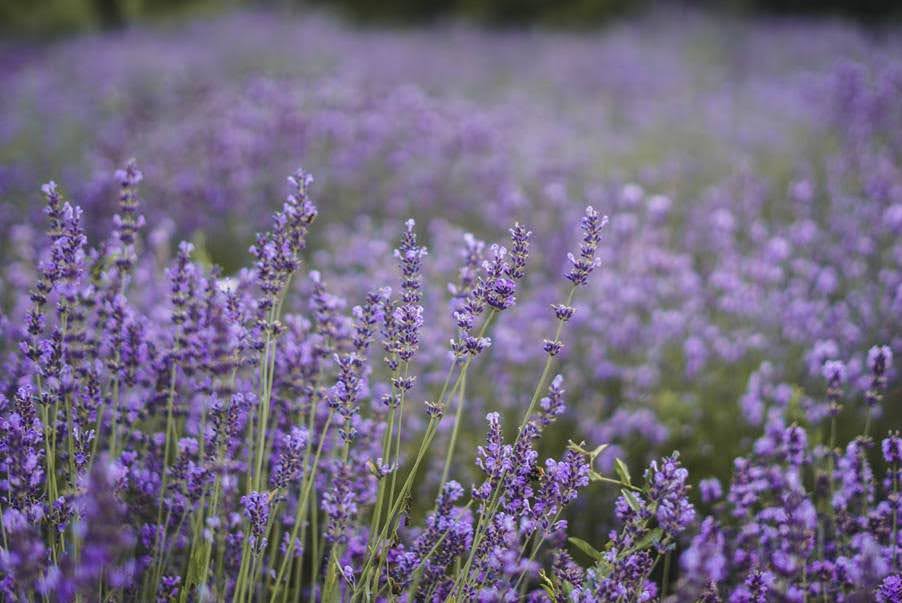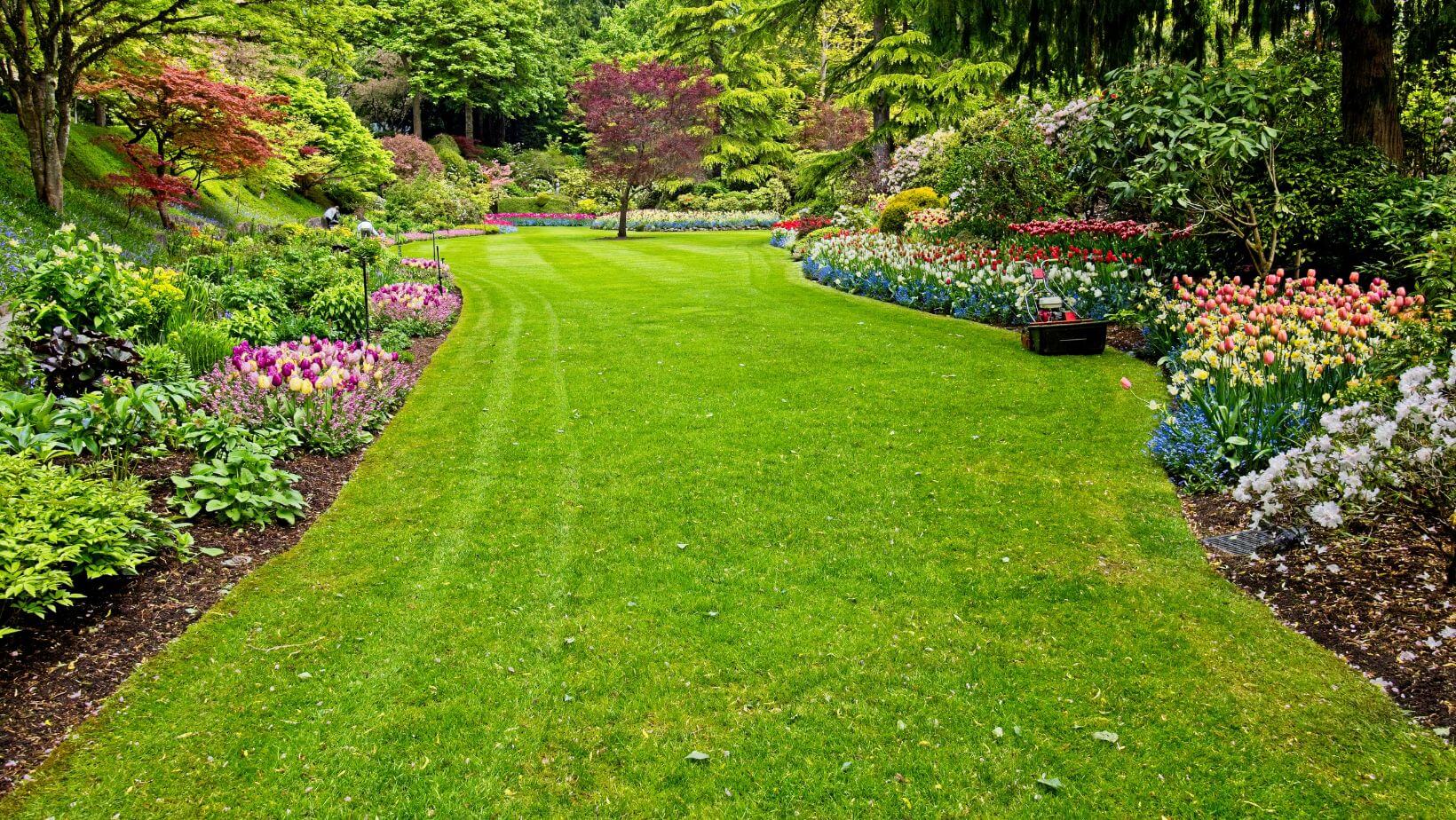A garden has long been a place of comfort and reflection, a quiet retreat that offers a break from busy schedules and crowded spaces. Whether large or small, it can become a sanctuary for unwinding, connecting with nature, and restoring a sense of calm. Creating such a place does not rely on luxury or complexity but on thoughtful choices – ones that invite serenity and leisure into your daily routine. The art of relaxation begins with how you shape this outdoor area to reflect ease, beauty, and peace.
Designing the Perfect Patio
The patio is often the heart of a garden, a space where nature and comfort meet. The choice of furniture, textures, and layout influences the mood of this outdoor retreat. A carefully arranged sitting area encourages long afternoons spent reading or enjoying good company. When thinking about this setting, comfortable patio loungers become the focal point, offering a place to recline, breathe deeply, and let the mind drift. The fabric should feel soft yet sturdy, the frame built for support, and the design pleasing to the eye. Surrounding plants can add gentle shade, and a nearby table provides a place for refreshments. This part of the garden should invite people to linger without hurry, a reminder that relaxation is both an art and a practice.
The Role of Natural Elements
Nature brings a quiet strength to any outdoor space. The scent of blooming flowers, the gentle sound of leaves moving in the breeze, and the sight of birds resting nearby all contribute to a deeper sense of peace. Water features, such as a small fountain or pond, introduce soothing movement and sound. The natural rhythm of flowing water creates a tranquil background, softening the sharp edges of daily stress. Stone paths or gravel walkways guide visitors through the garden, giving a sense of order without confinement. By using materials like wood, clay, and natural fibers, the garden feels grounded and warm. Each element connects to the senses, allowing the mind to slow down and the body to relax fully.
Creating Shade and Shelter
A comfortable garden experience often depends on thoughtful protection from the sun and wind. Shade gives relief during bright afternoons and allows relaxation without discomfort. Pergolas, umbrellas, or trailing vines across a trellis can create pockets of coolness. Light fabrics hung loosely above seating areas can cast gentle patterns of shadow, adding texture and depth. Shelter should never feel closed in; rather, it should open toward the garden while still offering refuge. A balance of light and shade helps define spaces for reading, resting, or enjoying a quiet meal. The soft glow of lanterns or string lights after sunset turns the same area into a peaceful corner for evening reflection. These small adjustments make a garden inviting at every hour.
The Power of Fragrance and Color
Color and fragrance have a subtle influence on mood. A garden rich in scent can bring instant calm and a touch of pleasure to daily life. Lavender, jasmine, and rosemary fill the air with aromas that ease tension. Their natural perfumes pair beautifully with visual color schemes that reflect softness – gentle greens, pale pinks, and deep purples. The combination creates harmony, turning a simple garden into a restorative space.
Seasonal flowers add changing hues throughout the year, keeping the garden fresh and interesting. The careful arrangement of colors can affect how people feel within the space: cool tones tend to invite rest, while warmer shades create energy. Thoughtful planting ensures that the garden not only looks beautiful but also feels alive through scent and shade.
Outdoor Comfort Through Texture and Detail
Comfort in the garden depends on touch as much as sight. Soft cushions, woven throws, and tactile fabrics add warmth to outdoor seating. The texture of stone underfoot, or the smooth surface of a wooden bench, brings variety and sensory depth. Attention to small details transforms an ordinary area into a place that feels personal. Potted herbs on a table, wind chimes that catch a light breeze, and candles set within glass holders all contribute to a mood of relaxation. Each item tells a quiet story of care and presence.
The Joy of Connection and Reflection
A garden designed for relaxation becomes more than a private retreat; it becomes a place to connect with others and with oneself. Sharing a meal outdoors, having morning coffee surrounded by greenery, or enjoying a peaceful conversation beneath the stars can restore balance and joy. These moments of quiet attention remind us that rest is not only physical but also emotional and mental. The garden, in this sense, is both a refuge and a teacher, guiding us toward stillness and appreciation for simple things.
Relaxation begins with intention, and the garden offers a natural stage for it to unfold. Through thoughtful design, sensory awareness, and care for detail, any outdoor space can transform into a sanctuary of calm. A well-placed lounger, a gentle breeze, and the fragrance of flowers can turn an ordinary afternoon into a restorative experience.



